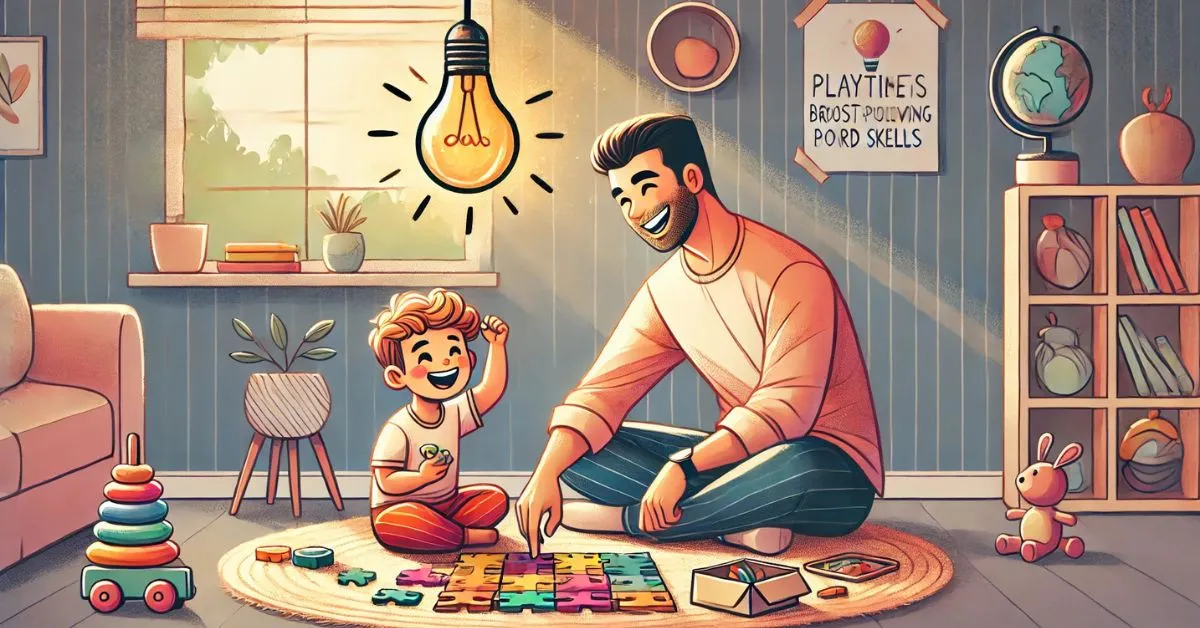As adults, we often leave playfulness behind, believing it’s something we outgrow. But what if tapping into your inner child could unlock your full problem-solving potential? Research shows that a playful mindset not only reduces stress but also fosters creativity, innovation, and better decision-making. In a world that demands solutions to complex problems, reconnecting with your inner child might just be the secret weapon you didn’t know you needed.
Why Playfulness Matters in Problem-Solving

Think about how kids approach challenges—they explore, experiment, and imagine without fear of failure. They don’t overthink or worry about what others might think. This freedom allows them to find creative solutions that adults often overlook.
As we grow up, we trade playfulness for seriousness, losing that spark of curiosity. But embracing a playful mindset can help us look at problems from fresh angles and break out of rigid thinking patterns.
The Science Behind Play and Creativity
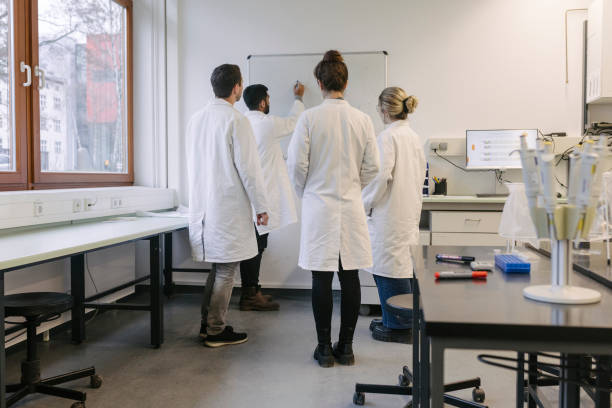
Psychologists and neuroscientists agree: playfulness has profound benefits for the brain. When you engage in playful activities, your brain releases dopamine, a chemical that enhances focus, motivation, and learning. It also activates the default mode network, the part of your brain responsible for imagination and creative thinking.
Playfulness encourages creative problem-solving, much like nature’s natural solutions. For more insights on how nature inspires better problem-solving, check out How Nature Inspires Better Problem-Solving: Lessons from the Wild
In short, playfulness creates the perfect environment for solving problems effectively.
How Playfulness Enhances Problem-Solving Skills
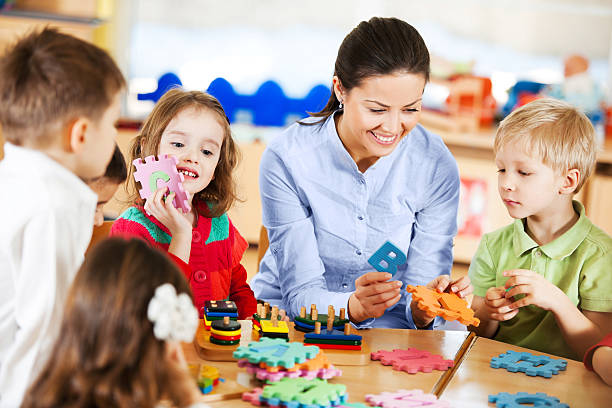
1. It Encourages Open-Minded Thinking
Playfulness allows you to see challenges as opportunities instead of obstacles. Instead of being stuck on one solution, you’re more willing to explore multiple possibilities.
Example:
Imagine brainstorming for a new project. A playful approach might involve silly ideas or random word associations that eventually lead to a breakthrough concept.
2. It Reduces Fear of Failure
When you’re playful, failure doesn’t feel so daunting. It’s just part of the process. This mindset encourages risk-taking and experimentation—both essential for solving tough problems.
Try This:
Next time you face a challenge, treat it like a game. Set playful “rules” or imagine it’s a puzzle to solve. This shift can reduce anxiety and boost your confidence.
3. It Sparks Unexpected Connections
Playfulness helps you think outside the box by encouraging seemingly unrelated ideas to connect. These surprising connections often lead to innovative solutions.
Example:
Ever noticed how great ideas often come when you’re joking around or daydreaming? That’s your playful brain at work, connecting dots you didn’t know existed.
4. It Relieves Stress and Clears Your Mind
Stress is a creativity killer. When you’re overwhelmed, it’s hard to think clearly or come up with new ideas. Playfulness acts as a stress reliever, helping you reset and approach problems with fresh energy.
How to Use This:
Take a short break to play—doodle, build something with LEGO, or toss a ball around. When you return to your task, you’ll likely feel more focused and energized.
Unlocking your creativity requires tapping into your playful side. For more insights on how daydreaming boosts creativity, visit Unlock Your Creative Genius: How Daydreaming Fuels Innovation
5. It Builds Resilience
Play teaches you to adapt and keep going, even when things don’t go as planned. This resilience is crucial for tackling long-term challenges.
Key Insight:
Think of kids building a sandcastle. If it collapses, they don’t give up—they start over, tweaking their approach until it works. Adopting this playful perseverance can make you more effective in problem-solving.
How to Harness Your Inner Child for Better Problem-Solving
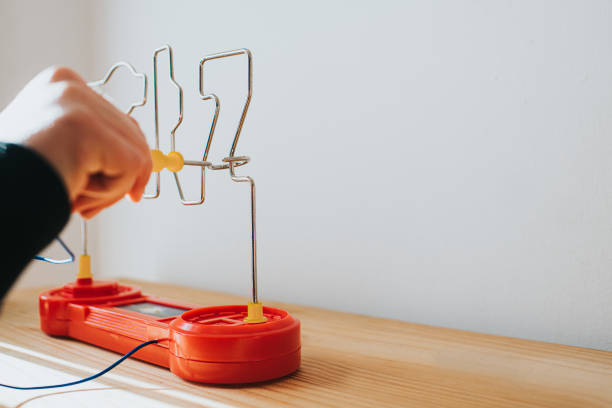
1. Embrace Curiosity
Children are endlessly curious, asking questions and exploring the world around them. Cultivate this mindset by asking “why” and “what if” when faced with a problem.
Example Questions:
- Why is this problem happening?
- What if I tried a completely opposite approach?
2. Play With Ideas
Literally play with the problem. Use tools like mind maps, sketching, or building models to visualize solutions in a fun, interactive way.
Pro Tip:
Think like a kid playing pretend. Imagine wild, outlandish solutions—they might spark a practical idea you wouldn’t have considered otherwise.
3. Incorporate Play Into Your Day
Set aside time for playful activities that have nothing to do with work. Playing games, doing puzzles, or even joking with colleagues can recharge your brain and make you more effective.
4. Surround Yourself With Playful People
Laughter and playfulness are contagious. Spend time with people who inspire creativity and make problem-solving fun.
Asking unconventional questions is a key part of playful problem-solving. For more insights on the benefits of asking questions, read The Unexpected Benefits of Asking Stupid Questions
5. Celebrate Small Wins
Kids celebrate every little achievement, and so should you. Recognize and reward progress, no matter how small—it keeps the process enjoyable and motivating.
Real-World Applications of Playful Problem-Solving
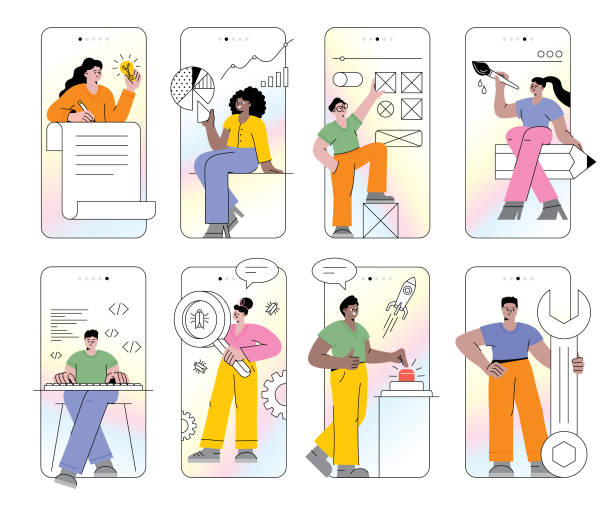
- Business Innovation: Companies like Google and IDEO use play-based brainstorming to spark creative ideas.
- Education: Teachers use games and playful activities to help students grasp complex concepts.
- Personal Growth: Playfulness can help you reframe personal challenges, from improving relationships to tackling life goals.
Final Thoughts
Reconnecting with your inner child isn’t just fun—it’s transformative. Playfulness allows you to approach problems with fresh eyes, explore creative solutions, and stay resilient in the face of challenges.
So the next time you’re stuck on a problem, remember this: sometimes, the best way forward is to take a step back, relax, and let your playful side take the lead. You might just surprise yourself with what you discover.
